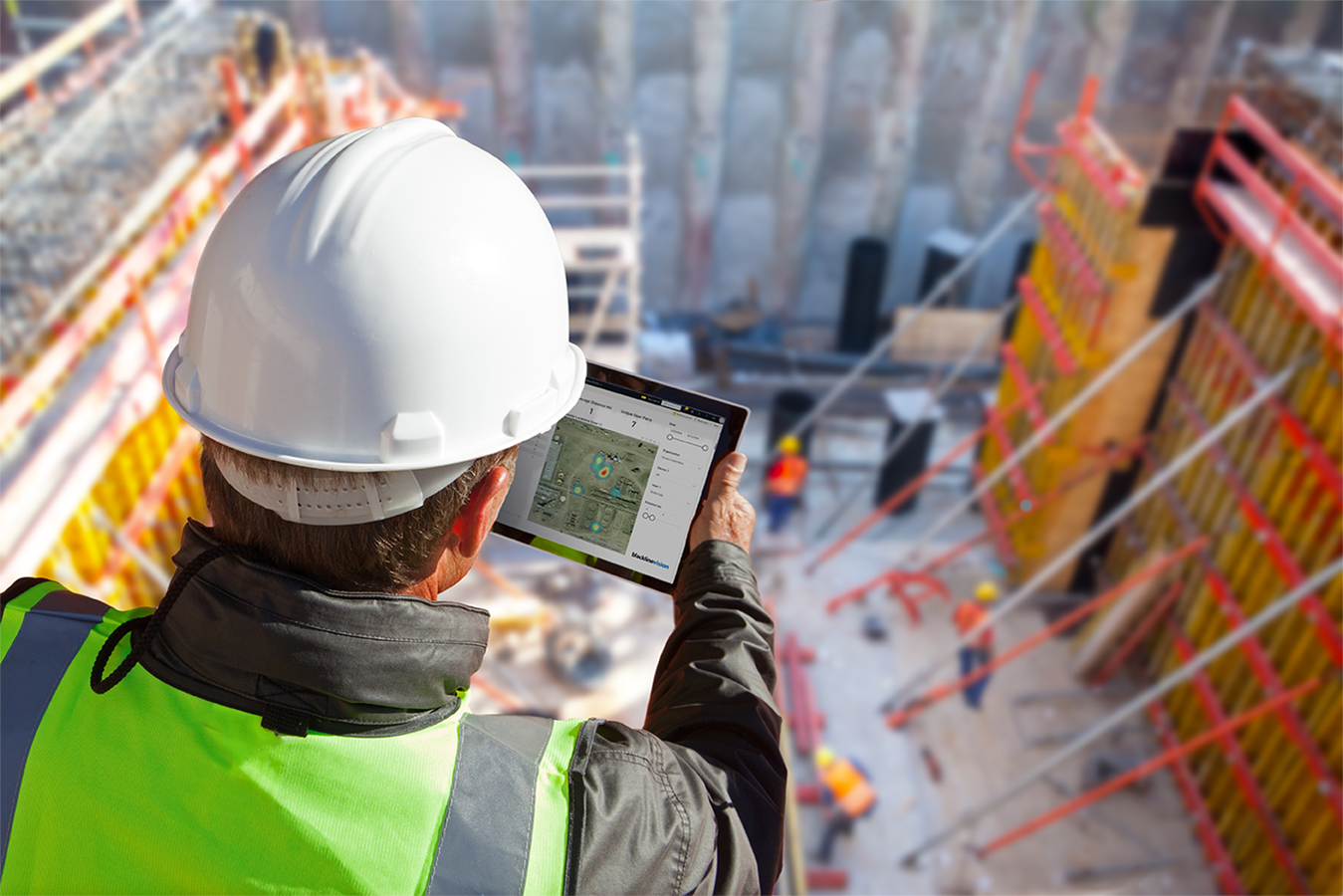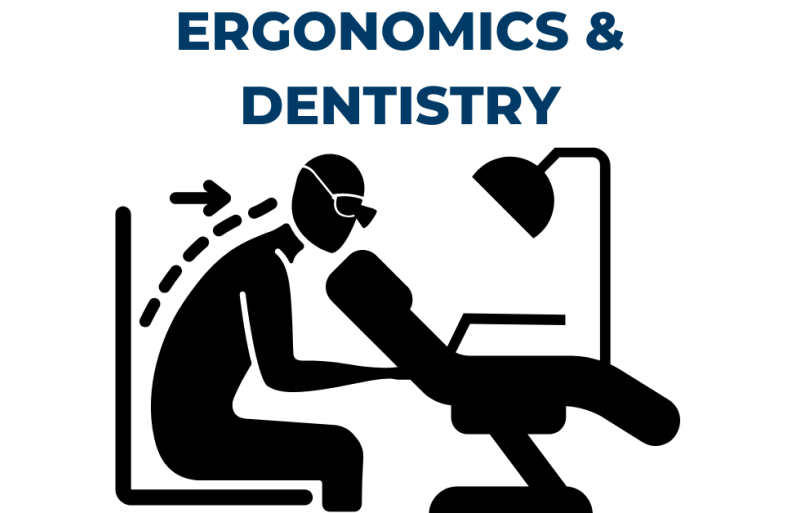Construction sites are bustling with activity, often presenting various hazards that can put workers at risk. By understanding and addressing these risks, project managers and site supervisors can ensure a safer work environment. In this blog post, we explore 10 common construction site hazards and provide actionable tips to mitigate and prevent them.
Falls from Heights
Falls remain one of the leading causes of injury and death on construction sites. Whether workers are on scaffolding, ladders, or roofs, the risk is significant. How to Avoid:
- Implement proper fall protection systems, such as guardrails, harnesses, and safety nets.
- Ensure scaffolding is secure and routinely inspected.
- Train workers on safe ladder usage and maintain equipment in good condition.
Falling Objects
With materials and tools often elevated, there’s always the risk of falling objects, which can cause serious injuries. How to Avoid:
- Erect barriers or safety nets below areas where work is being done overhead.
- Workers should wear hard hats at all times.
- Keep tools and materials securely stored when not in use to prevent them from being dislodged.
Electrical Hazards
Exposure to live wires or faulty electrical installations can lead to electrocution, burns, or even fatalities. How to Avoid:
- Conduct regular electrical safety inspections to identify exposed wiring or faulty connections.
- Only qualified personnel should handle electrical installations.
- Provide clear signage and barriers around areas with active electrical work.
Heavy Equipment Accidents
Bulldozers, mobile cranes, and other heavy machinery can pose serious risks if not operated correctly. Accidents can occur from machine malfunctions or operator error. How to Avoid:
- Operators should undergo thorough training and certification before using heavy machinery.
- Conduct regular maintenance checks on all equipment to ensure it’s in safe working condition.
- Maintain clear communication between machine operators and workers on-site, using hand signals or radios as necessary.
For large projects requiring heavy lifting, consider professional mobile crane hire in Melbourne to ensure both safety and efficiency on-site.
Slips, Trips, and Falls
Uneven surfaces, exposed cables, and wet conditions can lead to slips, trips, and falls. How to Avoid:
- Keep walkways and work areas free from clutter and debris.
- Use slip-resistant mats or surfaces in wet areas.
- Install proper lighting in all areas to improve visibility, especially in low-light conditions.
Hazardous Materials
Construction sites often involve the handling of hazardous materials, such as asbestos, lead, or silica dust, which can pose health risks when inhaled or touched. How to Avoid:
- Conduct a risk assessment to identify hazardous materials on-site.
- Provide workers with appropriate protective gear, such as masks, gloves, and eyewear.
- Ensure proper ventilation when working with or near hazardous substances.
Confined Spaces
Working in confined spaces like trenches, pits, or sewers can be dangerous due to the risk of collapse, oxygen deficiency, or toxic fumes. How to Avoid:
- Monitor air quality in confined spaces to ensure proper oxygen levels.
- Only trained personnel should enter confined spaces, following strict safety procedures.
- Use protective gear and ventilation systems where necessary.
Fire Hazards
The use of flammable materials or improper handling of equipment can create a significant fire risk. How to Avoid:
- Store flammable materials in designated, secure areas away from heat sources.
- Ensure fire extinguishers are available and accessible throughout the site.
- Train workers on fire response protocols, including evacuation routes and fire extinguisher use.
Manual Handling Injuries
Lifting, pushing, or carrying heavy objects without proper technique can lead to musculoskeletal injuries. How to Avoid:
- Train workers in safe lifting techniques, such as bending at the knees and using the legs for lifting.
- Provide lifting equipment, like forklifts or cranes, to handle heavy loads.
- Encourage workers to take breaks and stretch to prevent overexertion.
Noise-Induced Hearing Loss
Continuous exposure to high noise levels from machinery, drills, and other equipment can cause long-term hearing damage. How to Avoid:
- Provide workers with hearing protection, such as earplugs or earmuffs.
- Limit exposure time in areas with high noise levels and schedule regular breaks.
- Use noise barriers around particularly loud machinery to minimise exposure.
Final Thoughts
Safety on construction sites should always be a top priority. By recognising these common hazards and implementing the recommended precautions, site supervisors can create a safer working environment for everyone involved. Taking the time to train workers, regularly inspect equipment, and implement safety protocols will go a long way in preventing accidents and ensuring the success of a project. With the right tools and knowledge, your team can tackle even the most complex jobs with confidence.



